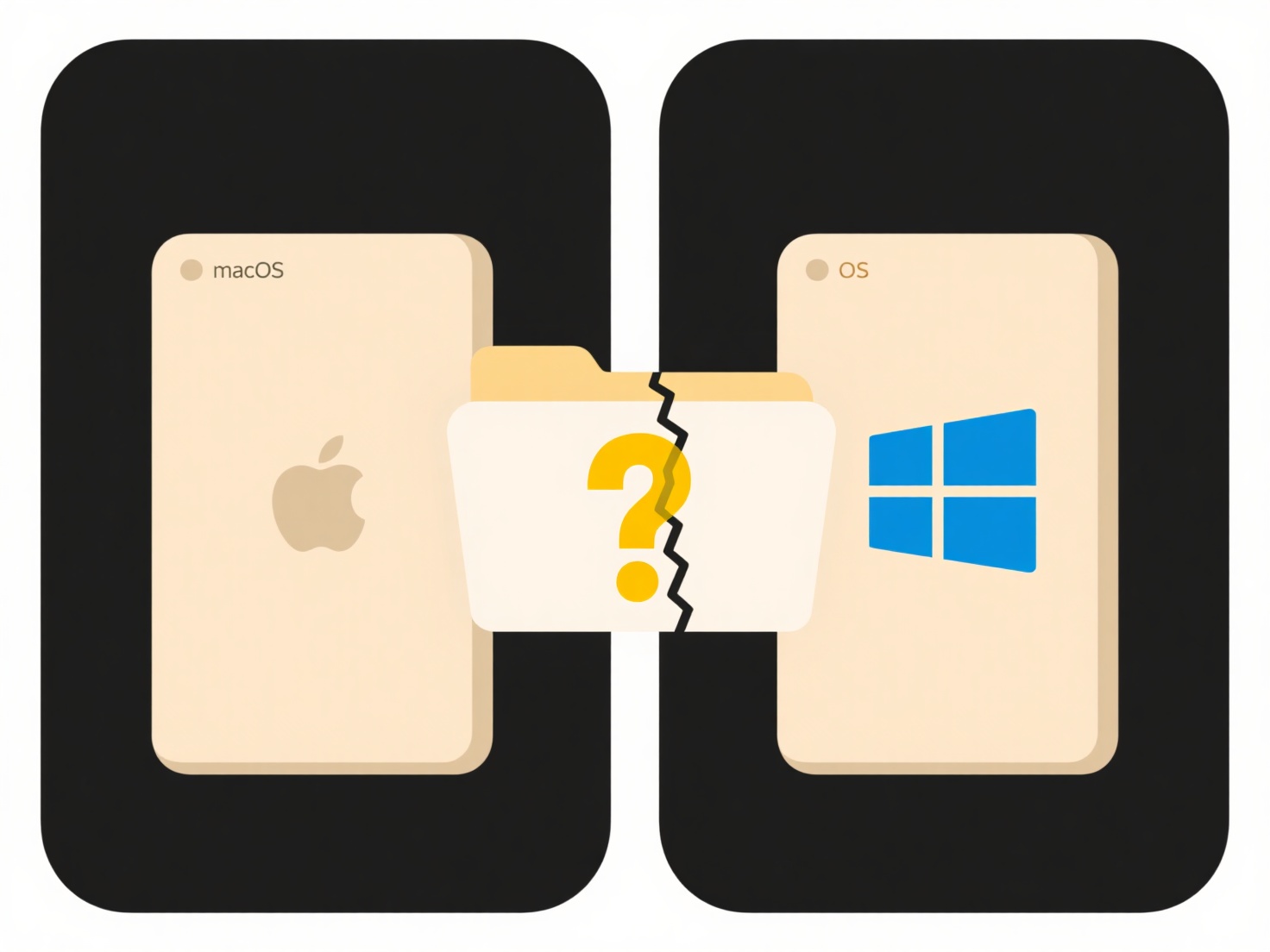
Overwritten files occur when new data is saved over existing data occupying the same location on your storage device (like a hard drive or SSD), effectively replacing the original content. This differs from simply deleting a file, where the space is marked as available but the data often remains potentially recoverable until overwritten. The possibility of retrieving the original, overwritten files depends heavily on whether the new data fully occupies the same physical storage sectors and if any remnants of the old data survive.
Practical examples include saving a new version of a document with the same filename and location (overwriting the old draft), or system processes automatically writing temporary files or logs over previously freed space. IT departments might sometimes attempt recovery using specialized forensic tools designed to detect residual magnetic patterns or trace signatures on hard drives that weren't perfectly overwritten, but success is not guaranteed.

Successfully retrieving fully overwritten files is generally difficult and often impossible without specialized hardware tools and expertise, particularly with modern SSDs and advanced file systems. File recovery software rarely succeeds with recently overwritten data. Having reliable backups remains the only dependable prevention strategy. Attempting to recover overwritten sensitive information also raises significant privacy and ethical concerns, as it could involve unauthorized access to residual data. Focus should always be on prevention through safe computing practices.
Can I retrieve overwritten files?
Overwritten files occur when new data is saved over existing data occupying the same location on your storage device (like a hard drive or SSD), effectively replacing the original content. This differs from simply deleting a file, where the space is marked as available but the data often remains potentially recoverable until overwritten. The possibility of retrieving the original, overwritten files depends heavily on whether the new data fully occupies the same physical storage sectors and if any remnants of the old data survive.
Practical examples include saving a new version of a document with the same filename and location (overwriting the old draft), or system processes automatically writing temporary files or logs over previously freed space. IT departments might sometimes attempt recovery using specialized forensic tools designed to detect residual magnetic patterns or trace signatures on hard drives that weren't perfectly overwritten, but success is not guaranteed.

Successfully retrieving fully overwritten files is generally difficult and often impossible without specialized hardware tools and expertise, particularly with modern SSDs and advanced file systems. File recovery software rarely succeeds with recently overwritten data. Having reliable backups remains the only dependable prevention strategy. Attempting to recover overwritten sensitive information also raises significant privacy and ethical concerns, as it could involve unauthorized access to residual data. Focus should always be on prevention through safe computing practices.
Quick Article Links
How often should I back up local files to the cloud?
Cloud backups involve copying files from local devices to secure offsite servers via the internet. This differs from loc...
Can I undo a batch renaming operation if I make a mistake?
Undoing batch renaming refers to reversing a set of changes made to many files at once. Unlike renaming a single file, w...
Can I remove duplicate words from file names?
Removing duplicate words refers to deleting repeated instances of the same word appearing consecutively or in close prox...